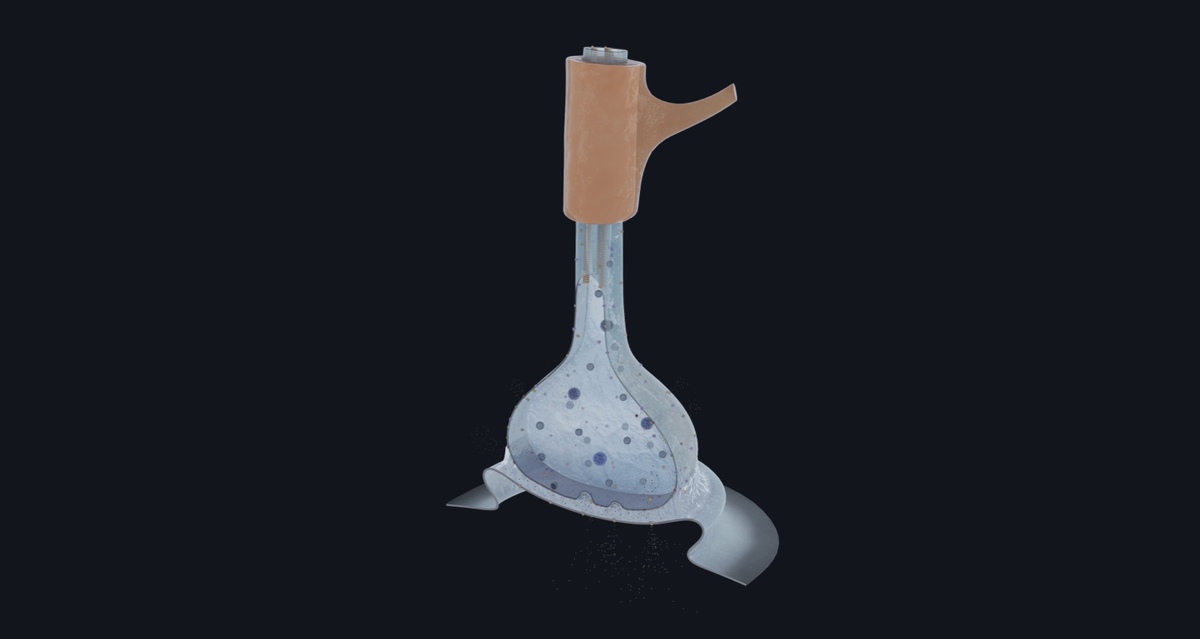
Painkillers, or analgesics ? , have been around for a long time. Opium is one of the oldest medicinal and recreational drugs in the world. It is extracted from the unripe pods of the poppy flower and its cultivation dates back to the Neolithic age. It serves as the raw material for the production of numerous drugs including morphine, codeine, and heroin.
Opium or opioids predominantly act on the central nervous system (CNS). Nonopioids (NSAIDs and acetaminophens), another class of analgesics, focus primarily on the peripheral nervous system (PNS). Nonopioids are available without a prescription and have low rates of dependency and addiction. Opioids, on the other hand are recruited for more intense pain?, such as during surgical procedures, and even with extremely limited use can lead to high dependency and tolerance.
Opioids work to relieve pain by binding to specific receptors located in the brain ? and spinal cord regions (CNS). They act both pre-synaptically and post-synaptically.
Opioids have a pain-relieving effect by reducing the excitability of the neuron which leads to a decreased transmission of nervous signals and inhibition of neurotransmitter release. Opioids achieve this in two main ways. In the pre-synapse, opioids close voltage-operated calcium channels. This limits the influx of calcium into the presynaptic axon and decreases the number of neurotransmitters released.
In the post-synapse, opioids open potassium channels causing potassium to leave the postsynaptic neuron. This leaves the neuron in a state of “postsynaptic hyperpolarisation ?.” For a nervous impulse to be passed to the post-synapse a membrane potential between –50 and –55mv is required. Usually the resting membrane potential is –70mv. In a state of postsynaptic hyperpolarisation, the membrane is even further away from the required membrane potential and a nervous impulse is less likely to be transmitted.
Opioid overdose is relatively common and can present with a combination of three signs and symptoms: respiratory depression, pinpoint pupils, and unconsciousness.
Learn anatomy and physiology with our range of 23 (and counting) Detailed Models, including the Synapse (featured above), Scalp & Meninges, Cells of Nervous Tissue and more. Try it for FREE today.
